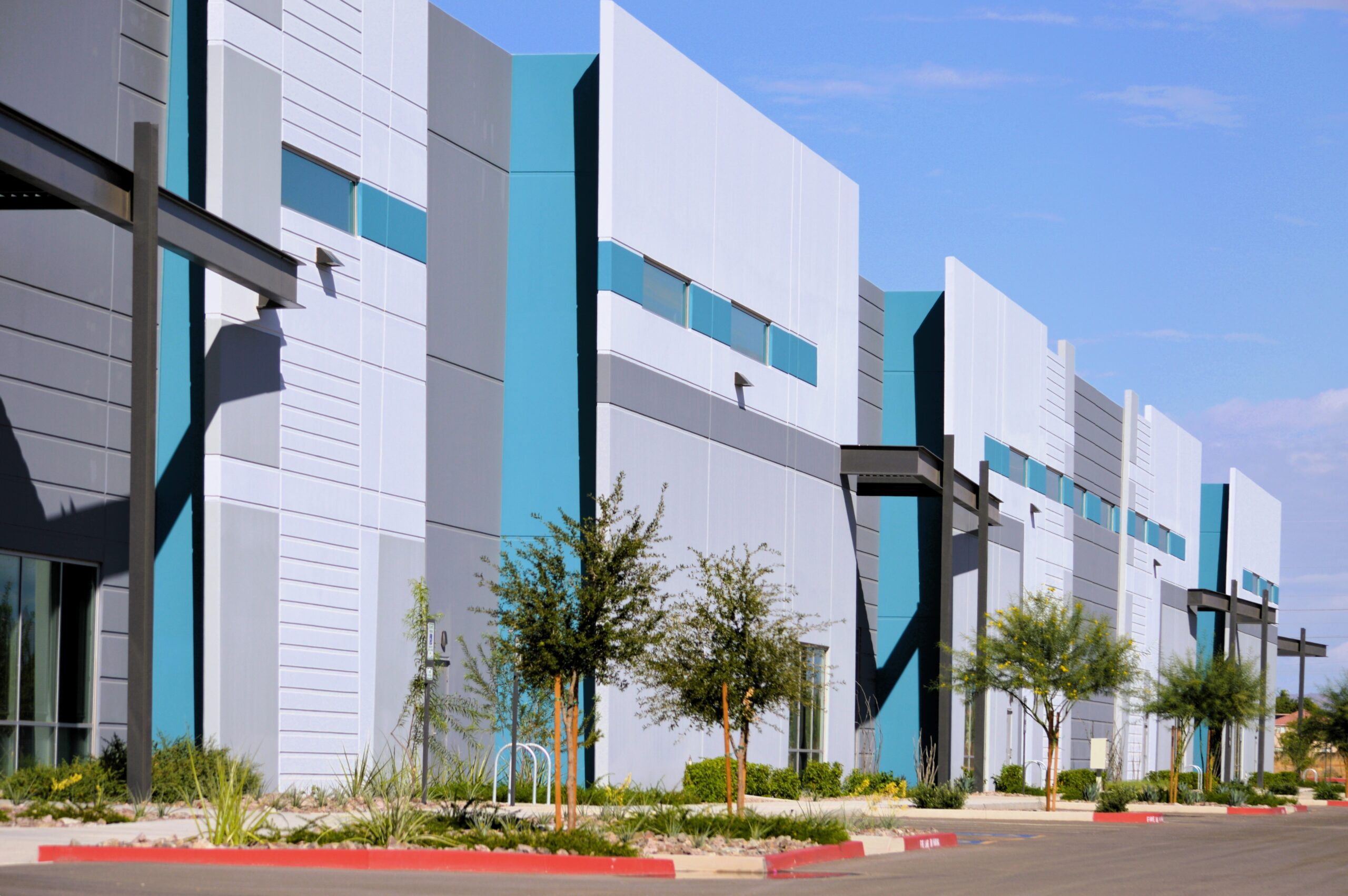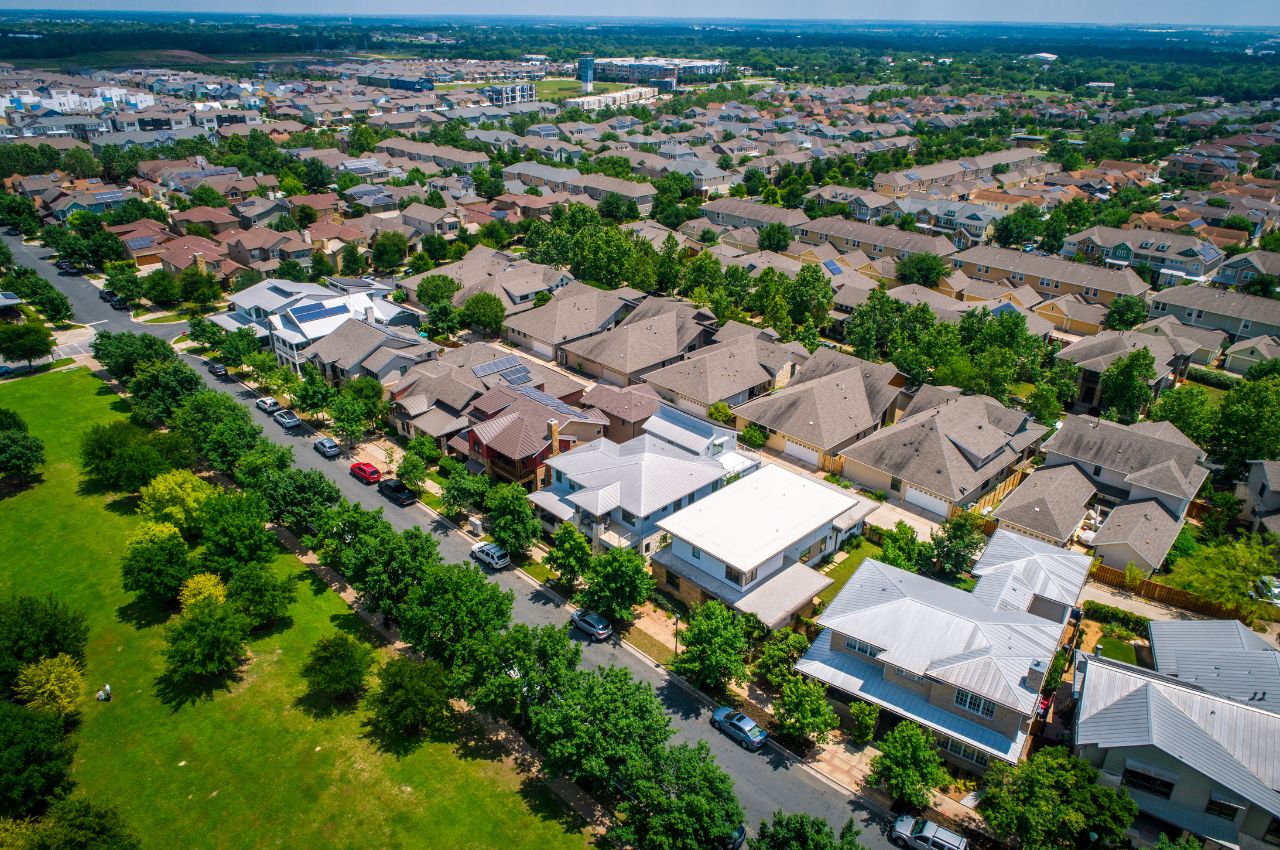NYCB’s Losses Trigger Concerns for Regional Banks
Following the declaration by New York Community Bancorp (NYCB) of significant losses in its reserves for commercial real estate loans, the banking industry is under closer examination. The share price of NYCB has dropped by an astounding 70% as a result of this discovery, raising questions about the wider ramifications for regional banks that have comparable exposures.
Key Regional Banks Identified for Commercial Loan Exposure
After carefully analyzing the scenario, financial experts at Evercore ISI have determined that four regional banks might be especially susceptible to increased risks in the event that the commercial sector struggles going forward. Some of the companies that have been identified for increased exposure to commercial loans include Cullen/Frost Bankers, M&T Bank, Synovus Financial, and Citizens Financial Group.
Impact of Commercial Loan Defaults on Banking Sector Stability
Even if loan defaults have not yet reached the height of the financial crisis, at-risk banks may be forced to increase their cash buffers if the commercial sector continues to experience losses. This was highlighted by Evercore analyst John Pancari. To the relief of investors and regulators, Pancari emphasized that the problem is essentially related to profitability and has nothing to do with capital or liquidity.
Pancari does not believe that an increase in commercial loan defaults would cause these banks to fail anytime soon, despite the possible impact on profitability. However, Evercore’s study may be uncomfortable to shareholders of the identified institutions since it emphasizes the importance of closely monitoring their investments.
The comparison between regional banks’ possible exposure and their loan reserves, important safety nets kept in place to mitigate losses from large loan defaults, was the major focus of Evercore’s investigation. For example, Cullen/Frost Bank’s 3.5% exposure to commercial real estate loans and 1.45% in reserves are the reasons for its listing.
Similar worries are shared by Synovus Financial, a Georgia-based company, whose reserves are at 1.09% and 32% of its loans are secured by commercial real estate. Despite this data, Synovus’s CEO has maintained that the bank has minimized problematic loans and has set limitations on new commercial lending.
With reserves of 2.2% and a 19% exposure to commercial real estate loans, Citizens Financial Group, with its headquarters located in Rhode Island, has garnered notice. Office loans, which account for a sizable amount of the bank’s exposure and have a reserve of 10.2%, are of special concern.
With 1.9% of reserves, Buffalo, New York-based M&T Bank maintains 24% of its loans in commercial real estate. By emphasizing its small amount of outstanding commercial loans and upholding a cautious loan-to-value property value ratio, the bank has attempted to ease concerns.
The significance of keeping a careful eye on these institutions is highlighted by Pancari’s study, as a mass default scenario may have an effect on stock performance. With about $1 trillion in commercial loan debt scheduled to mature in 2024, there is a significant danger of default, which presents difficulties for developers looking to refinance and raises questions regarding the health of regional banks that have a significant exposure to this industry.
Vigilance and careful analysis of risk exposures are crucial as investors manage these uncertainties and protect their interests in the face of changing market conditions.














































































































































































































































































































